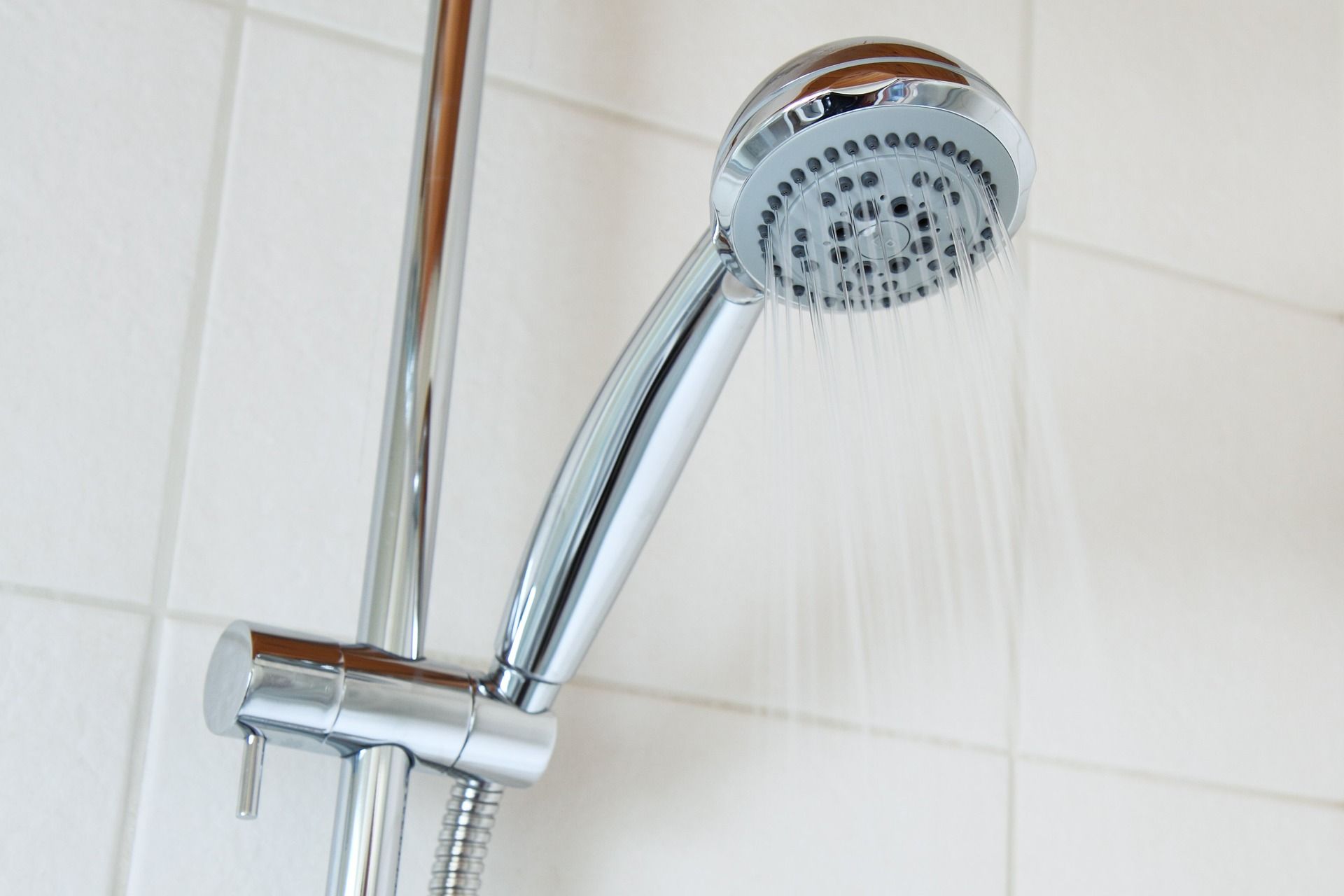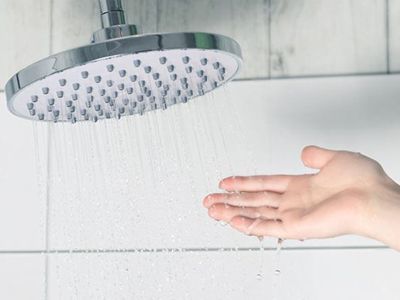A Step-by-Step Guide to Fixing Leaking Taps
Leaky taps are not only annoying but can also waste a significant amount of water over time. However, the good news is that fixing a leaking tap is often a simple DIY task that doesn't require extensive plumbing knowledge. In this blog post, we'll provide you with a step-by-step guide on how to fix leaking taps and help you regain control over your water usage. So, let's roll up our sleeves and get started!
- Gather the Necessary Tools: Before you begin, make sure you have the following tools handy:
- Adjustable wrench
- Screwdriver (Phillips or flathead, depending on the tap)
- Replacement washers and O-rings (specific to your tap model)
- Turn Off the Water Supply:
Locate the water shut-off valve beneath the sink or near the tap and turn it off. This will prevent water flow during the repair process.
- Identify the Type of Tap:
There are various types of taps, including compression, cartridge, ball, and ceramic disc. Understanding the type of tap you have is crucial for determining the repair method. Consult your tap's user manual or seek guidance online if unsure.
- Disassemble the Tap: Use a screwdriver to remove the tap handle. Depending on the type of tap, you may need to remove a decorative cap or cover first. Once the handle is off, unscrew the retaining nut to access the valve mechanism.
- Replace Washers and O-rings: In most cases, a leaking tap is caused by worn-out washers or O-rings. Carefully remove these components and replace them with new ones of the same size and shape. Ensure they are compatible with your tap model.
- Check and Clean Other Components: While you have the tap disassembled, inspect other components, such as the valve seat, for signs of damage or debris. Use a soft cloth or toothbrush to clean any buildup that could affect the tap's performance.
- Reassemble and Test: Once you've replaced the washers and O-rings and cleaned any other components, reassemble the tap in the reverse order of disassembly. Tighten the retaining nut, ensuring it's snug but not overly tight. Turn the water supply back on and slowly open the tap to check for any leaks.
- Check for Persistent Leaks: If you notice leaks persisting after completing the repair, you may need to address a more complex issue. In such cases, it's recommended to consult a professional plumber for further assistance.
Conclusion:
Fixing a leaking tap is a DIY task that can save you money on water bills and prevent unnecessary water waste. By following the steps outlined in this guide, you can tackle most leaking tap issues effectively. Remember to exercise caution, turn off the water supply, and refer to your tap's user manual or seek expert advice if needed. With a little effort, you'll restore your tap's functionality and enjoy a drip-free environment.
But if you’re not confident in your DIY capabilities, or you just want someone with the necessary expertise to resolve the issue quickly, get in touch with a licensed professional at McMahon Plumbing & Gas.



